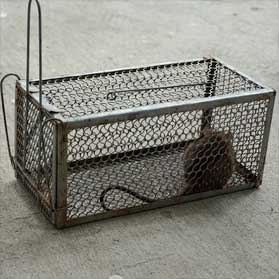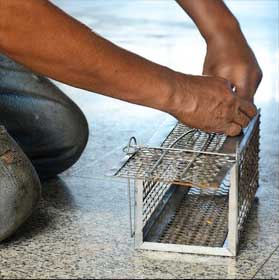Raccoon Control & Removal - Raccoons in the Attic Sarasota Bradenton
Raccoons
Food and Feeding Habitats
Raccoons are omnivorous and eat a variety of foods, including fruits, berries, nuts, acorns, corn, melons, grass, leaves, snails, earthworms, insects, crayfish, clams, frogs, fish, turtles, mice, carrion, and the eggs and young of birds or reptiles. Raccoons have the unique habit of sometimes dunking its food in water before consuming it. Like many other animals, raccoons are opportunists, eating garbage, garden vegetables, tree seeds, fruit, and pet food left outdoors. Raccoon densities may reach 30 to 40 individuals per square mile in rural areas and more than 100 per square mile in suburban and urban areas.
Raccoon Habitat
Raccoons love vegetation and therefore choose their homes around bushes and trees where they have easier access to foods. They also like to be around humans because of the easy food sources available to them. They are mostly common in North America, but introduction into other areas has them making their homes across Europe as well. Raccoons like to live around trees and other structures so that they can climb up and away from predators or when they feel threatened.
Reproduction
Raccoons usually mate between January and the middle of March. Male raccoons roam the areas looking for females. Females may mate with one or more males depending upon the males and the season. Female gestation period averages about 65 days and their litters of 'kits' range from two to five babies. The kits are born both deaf and blind. The males do not take part in raising the young and usually take off to find other places to live while the mother raises her young in the den. After about twenty weeks, the kits are able to see and hear. The kits begin exploring outside their den and begin eating solid foods for the first time while their mother weans them from her milk. In the fall the kits have become juveniles and begin splitting up to find and create their own dens. Raccoons live, on average, about two or three years in the wild; however, they can and do live much longer in captivity, sometimes up to twenty years.
Nuisance Concerns
As more and more habitats for raccoons are being taken up by urban expansion and making more room for humans, raccoons are forced to find other places to make their homes and find their food. Urban areas are excellent places for raccoons as there is an almost unlimited supply of food sources for them. Aside from diseases that raccoons carry, they can be very destructive to property and vegetation. Raccoons will eat most anything and oftentimes feed off of pet food that's been left out, left overs and trash in the garbage cans and other food sources. They dump over trashcans causing huge messes and potential for spreading diseases and they can tear up walls and attics as they make human homes into their own. Their strong, sharp claws and hands have no difficulty ripping off lose wood and other materials to get inside attics.
Health Risk
Raccoons pose a serious biohazard. They can carry a number of parasites and diseases that can infest people or pets. Raccoons can carry and Spread (Canine Distemper), a common and often fatal disease of dogs. It is caused by a virus and is spread most often when animals come in contact with the bodily secretions of other animals, such as raccoons, which are infected with the disease. Raccoons can carry Rabies, a viral disease that causes progressive paralysis and death in mammals, including humans. Any raccoons exhibiting abnormal behavior, such as fearlessness toward humans, Awkward and slow movements, or excessive daylight activity should be strictly avoided.




